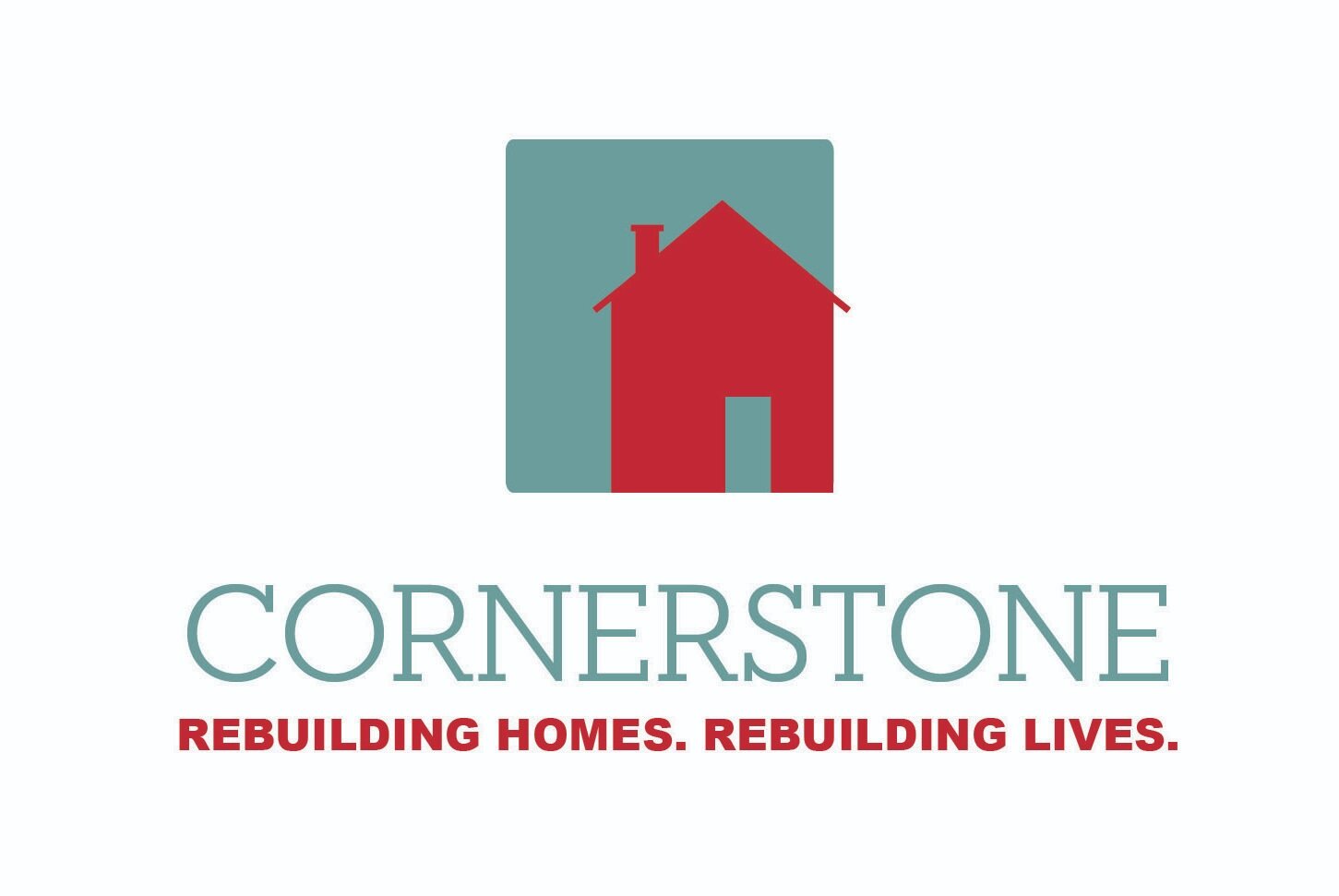If community development is personal, political, and painful, it must also be able to be relational, ethical, and healing. Despite this, community development is often described as having a strict focus on bricks and mortar. There is often little room for the spiritual side of the work that drives and enlivens the fight for equity in our built spaces.
Cornerstone Corporation, however, has always, always saw the work as both physical and spiritual. Starting as a housing ministry in 1976, we have looked to pattern our work after that of Jesus Christ, the carpenter, who built and healed in a remote town full of political unrest whose residents had been undermined by the elite. The question of whether anything good could come “out of Nazareth” or the West End or Hyde Park, or Jennings is one everyone in community development fights to answer full of faith. We sit with the hard work — some of which seems impossible to fund — and believe hope against hope that our efforts will not be in vain. It takes great courage and great conviction to continue in this fight, but we all see that it is well worth it.
Defining Healing-Centered Community Development
As a part of our summer series, we will share our definition of Healing-Centered Community Development as well as introduce you all to the incredible work of the Enterprise Community Partners authored by Chandra Christmas-Rouse, Brandon Jones, and Meghan Venable-Thomas and as well as Dr. Shawn Ginwright’s Healing Centered Community Engagement model.
The Healing-Centered Community Development framework is important because, similar to our Operating Principles, it sets the tone and direction of our approach. Because our theory of change is based on the idea that poverty alleviation must first start with stable housing, we understand that the pathway to thriving must be taken one step at a time. It is a healing process. We also believe poverty is a trauma that literally needs to be alleviated, or healed. Healing-Centered Community Development, for us, has looked like providing spaces that are safe. (Affordability is a form of safety.) Similarly, we desire that every Cornerstone resident live in the West End and Visitation Park in peace, which is why we stand with residents who are defining what they want their neighborhood to look like (and finally, on their own terms).
I will leave you with a quotation from Enterprise Community Partners’ Healing-Centered Community Development framework because it perfectly captures the essence of the definition and our pursuit:
Healing is not only health.
Healing can be applied to relationships – by listening, by building trust. Healing can be applied to money – by investing in community priorities, compensating people’s time, paying reparations. Healing can be applied to community - by celebrating local cultures, understanding context and history, and investing in the leadership of community members. Healing can be applied to policy - by creating renter protections, enforcing fair housing laws, bringing an anti-racist lens to criminal justice reform and advocating for people who are the most vulnerable in post-disaster funding allocations. Healing can be applied to housing development - by using creative and inclusive processes that prioritize resident voices, by creating structures for resident leadership in decision making, and by designing buildings and places that contribute positively to the health and well-being of residents and the neighborhood.
We are working to build an infrastructure that makes home good…and healing.

